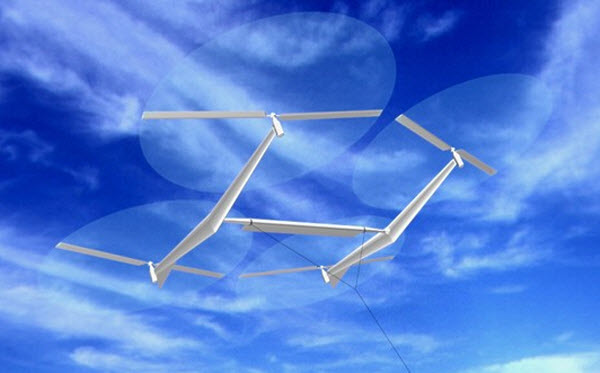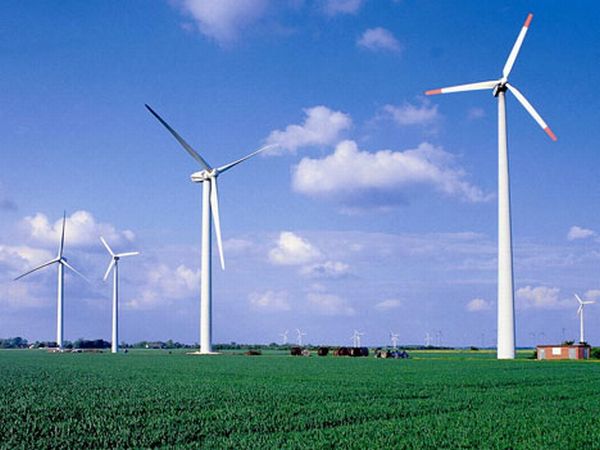
As we know it :
In a liberalized electricity market, probabilistic forecasting of wind power often fails to deliver. When a challenge of maintaining a balance in the power grid is to be met, one really has to have all the relevant data at his fingertips in advance. Since renewable energy sources are still in various stages of development, one engaged especially in wind power sector, has to be equipped with all prediction tools to enhance the position of wind energy compared to other forms of deliverable energy generation. Indeed, ability and technology become important when one comes out to ensure that no disturbances in power quality or supply occurs.
Today, speaking about forecasting technology available today, one has to accept the fact that we are still working with methods which are based more on elementary climatology. We have been forecasting power generation traditionally on the basis of average past production values averaged over a given period of time. One knows instinctively that this method can no longer be employed profitably. Forecasting what things would look like in the coming two or four days won’t be possible with that method. It can only have some reference value if one’s got persistence of a high level. What we have called an advanced and new approach in this field, too, has got a bit edgy. For a while, inputs of meteorological variables were used for attaining a better ability to devise the power curve for coming days with some exactitude. However, this statistical approach too, sooner than later, proved that even with the most authentic meteorological variable inputs, predictions could be varied and sometimes even wrong.
Need for change :
With a changing facet of wind power generation, something had got to be changed. Wind power generation forecasts had to be a bit more reliable for realizing actual large-scale wind power integration targets. And general experiences gained from them have to trickle down to a wider audience. Reaching at the right model is imperative as there is so much to be gained from them. Presently, some advanced nations Denmark, Germany, Spain, Netherlands, Ireland, Greece and some US and Australian states have got access to the newer models for working out wind power generation data in advance. Others too need to have better choice of prediction systems, power system management tools or usages of these forecasts by onshore and offshore wind power plants. An increase in wind farms and wind power grids all over the world together with their uneven output, necessitate the need for better forecasting mechanisms to be put in place and also sharing them widely. In the long run, that would surely help reduce the administrative burden on wind generators.
Whatâs Next?
1. Forecasting Wind Data with Cell Phone Towers:
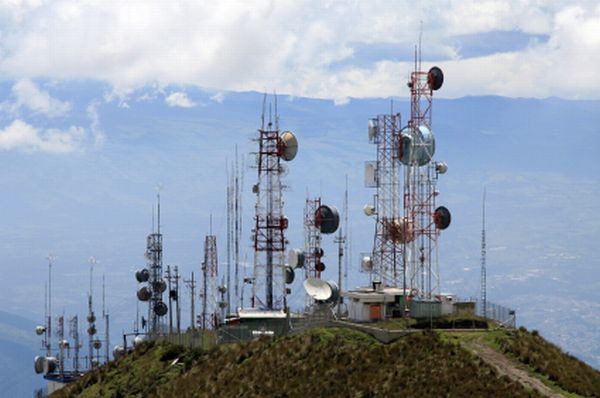
Whatâs new ?
The US province of Texas has taken a lead in approaching the subject from a different angle than the traditional one. Onesemble is using its carefully arrayed cell phone towers ridden sensors there for achieving short term deliverable predictions on wind generation. The 100 sensors used in its network are able to do the modeling of local wind profile and assemble accurate data by getting to know the wind speed at a great height, like at the top of a turbine rotor or its blades. Onesemble Network Sensors figures on wind speed, direction and temperature. The collected data are then supplied to the Electricity Reliability Council of Texas (ERCOT). ERCOT in turn analyzes them on a computer to point out how things are going to shape up in times to come.That can be simply called a new translation system of wind forecast at a certain grid point and model level to power forecast at the site considered. Though a previous Danish model Prediktor too used the same philosophy for advanced short time wind power generation forecasts, Onesemble’s Texas experiment has got the makings of a groundbreaking technology.
What difference will it make?
It is not very difficult to predict what this new methodology is going to do in the times ahead – at least it will help in predicting wind power supply with a better certitude.
2. Ontarioâs Wind Forecasting Service:
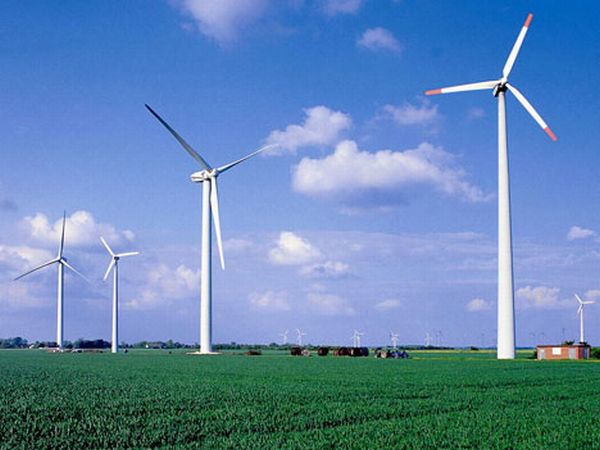
Whatâs new?
The Independent Electricity System Operator (IESO) of Ontario, Canada, has always felt the need for a centralized wind forecasting system. The power administration body knows for certain that a consistent and reliable wind power supply could alter the face of things like those much haunting question of a green earth. So, the government of Ontario responded with feeding wind power players with accurate wind forecasts. Though wind is not a huge player in this sector as of yet, but one might argue with good reason that with placing better forecast and conservation regimes could really help things look up a pit.
What difference will it make?
Introduced in the summer last year, the government of Canada and Ontario expects to see an increase in wind power generation and more plants hooked up to the grid. No one can doubt the viability of the premise that placing an able and accurate system for forecasting wind behavior will increase the output so far reported by these power plants.
3. ANEMOS Project, Short-Term Wind Power Forecasting
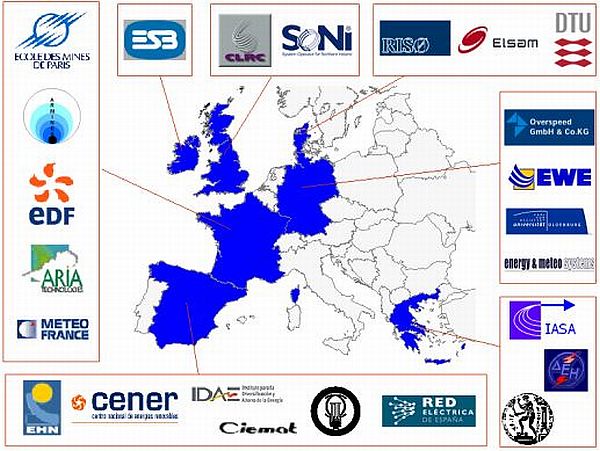
Whatâs new?
The intermittence of wind energy resources was well observed in 1997 when the European Commission adopted a white paper on renewable energies. ANEMOS project was launched by a number of research institutions in this sector. It concentrates more on developing a mechanism for predicting wind power generation on a short-time basis. It lays more weight on integrating meteorological forecasts with the help of high-resolution captured data. The system uses an integrated software, ANEMOS. This software has been developed with an eye on the needs of wind energy plants’ needs. The prediction tools developed under this project are well researched and investigated to fit the needs of wind power generating companies. Several utility companies too have accepted the new system and have actually started using them for increasing their productivity.
What difference will it make?
Tools like Zephyr, Prediktor, Previento, WPPT, More-Care, Sipreolico and other have been given deep consideration while developing the new system. So, one can believe that the ANEMOS system is going to offer the merits of all those in a better packaged way.



